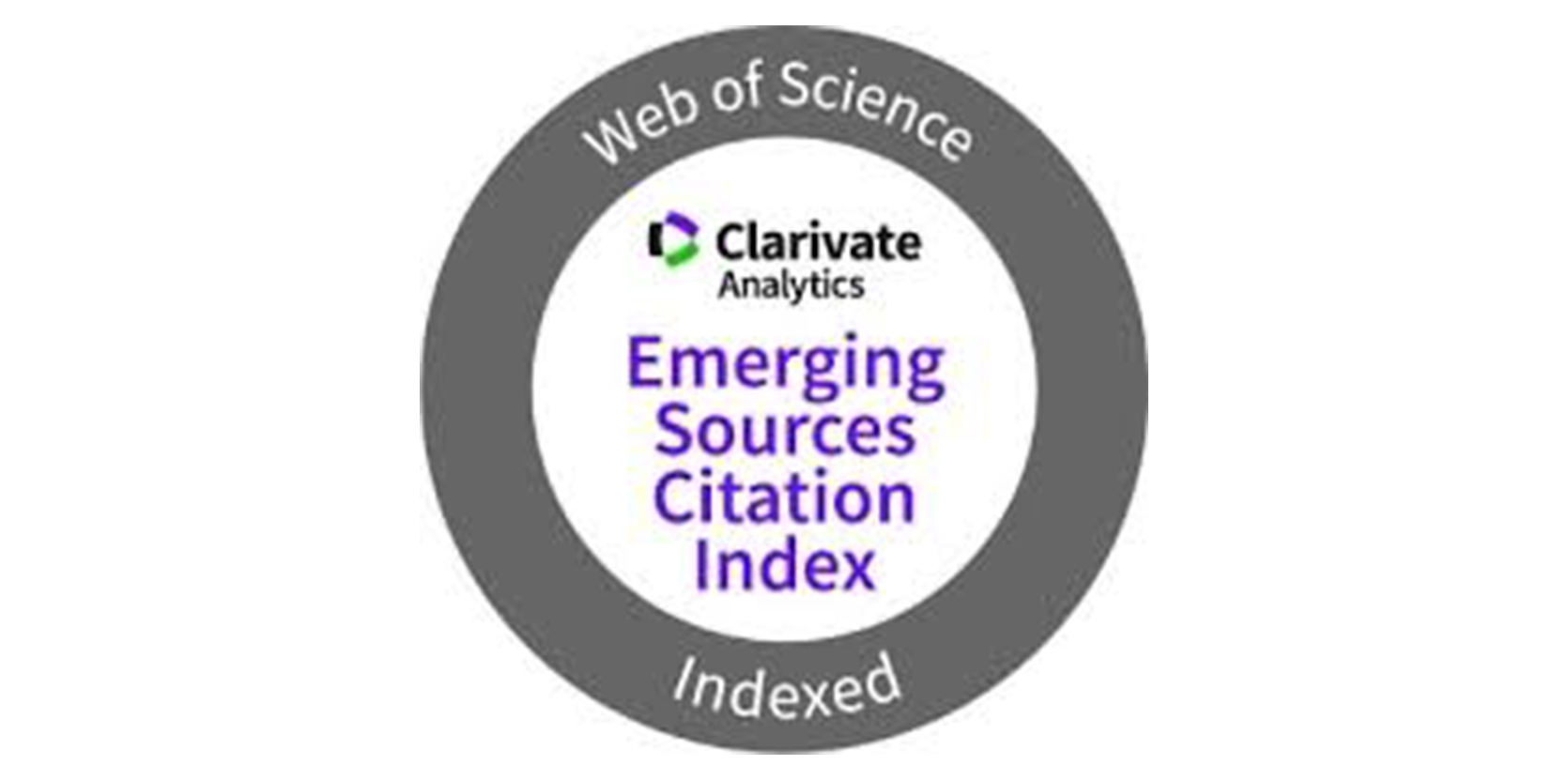Екатерина Вячеславовна Биричева
Институт философии и права УрО РАН, Екатеринбург, Россия
Ключевые слова:
МОЛОДЫЕ УЧЕНЫЕ, АСПИРАНТУРА, СОВЕТ МОЛОДЫХ УЧЕНЫХ, ИННОВАЦИИ, ИННОВАЦИОННАЯ ПОЛИТИКА, ТЕХНОЛОГИЧЕСКИЙ ПРОРЫВ, НАУКА И ПРОИЗВОДСТВО, ЦЕЛЕОРИЕНТИРОВАННЫЙ ПОДХОД, НАУЧНЫЙ ИНСТИТУТ, УРО РАН, YOUNG SCIENTISTS, POSTGRADUATE STUDIES, COUNCIL OF YOUNG SCIENTISTS, INNOVATIONS, INNOVATION POLICY, TECHNOLOGICAL BREAKTHROUGH, SCIENCE AND INDUSTRY, GOAL-ORIENTED APPROACH, SCIENTIFIC INSTITUTE, URAL BRANCH OF RAS
Аннотация:
Трансформации инновационной политики последних лет выявили ряд проблем, связанных с эффективностью задействования потенциала молодых исследователей и изобретателей (в частности, в рамках локального опыта институтов Уральского Отделения Российской Академии наук (УрО РАН)). Цель данной работы – изучение путей и трудностей реализации политической стратегии прорыва в технологическом и производственном развитии страны на уровне вовлечения в инновации молодых ученых из институтов УрО РАН. Эмпирическое исследование включало два этапа. Серия глубинных интервью с ответственными за социализацию молодых ученых, заведующими отделами аспирантуры и председателями советов молодых ученых (СМУ) из 22 институтов (N=31) позволила сформулировать гипотезы исследования и выявить основные проблемные области. Второй этап, опрос в форме анкетирования, охватил 217 молодых ученых из 28 институтов и научных центров УрО РАН. Основу выборки составили молодые исследователи в возрасте до 36 лет преимущественно из Екатеринбурга. Согласно результатам, проблемы носят как финансовый, так и социально-психологический характер. Увеличение фонда заработной платы молодых ученых и обновление приборной базы институтов в совокупности с созданием эффективной системы повышения квалификации и трэвел-грантов, а также тонкая настройка независимости каждого молодого специалиста от условий его структурного подразделения позволят продуктивнее задействовать огромный молодежный потенциал уральской науки. В силу сходности административных структур и традиций научного сообщества институтов РАН результаты и рекомендации можно экстраполировать на отечественную академическую науку, в целом.
Involvement of Young Scientists in Innovations, Technological and Industrial Development of the Country (Case of the Institutes of the Ural Branch of the Russian Academy of Sciences)
Biricheva Ekaterina V.
Institute for Philosophy and Law, Yekaterinburg, Russia
Last transformations of the innovation policy have revealed problems, connected with an effectiveness of involvement of young scientists and inventors in cutting-edge research areas (particularly, within the local experience of the institutes of the Ural Branch of the Russian Academy of Sciences (UB RAS)). The purpose of this research consists in tracing the ways of realization of the political strategy of a breakthrough in the technological and industrial development of the country on the level of involvement of the young scientists in innovations within UB RAS institutes. An empirical sociological survey included two stages. Carried out with the heads of post-graduate Departments and with the chairpersons of Councils of Young Scientists (CYS) from 22 institutes (N=31), a series of in-depth interviews allowed hypotheses to be formulated and key problems to be revealed. The second stage involved questioning of 217 young researchers from 28 UB RAS institutes and scientific centers. The sample included young scientists mainly under 36 years old, primarily from Yekaterinburg. According to our results, the problems tend to obtain financial character as well as socio-psychological one. Increasing of basic wages of young scientists and funding of research instrument and equipment renewal along with managing an effective system of advanced training and travel grants, as well as fine- tuning of every young researcher autonomy from the conditions of his/her structural subdivision seem to allow the powerful youth potential of the Ural academic science to be used in a more productive way. Our results and recommendations may be extrapolated on the Russian academic science, in general, due to the similarity of administrative structures and traditions of the science community of RAS.









